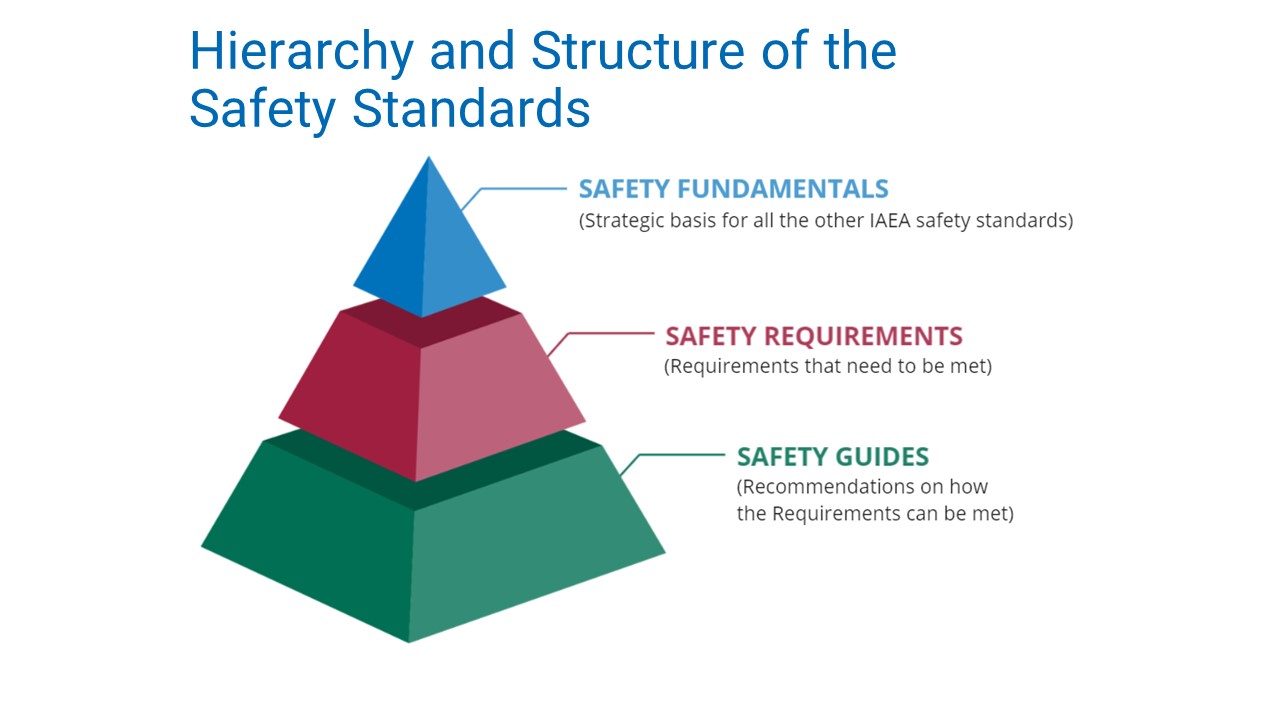An e-learning series on IAEA safety standards is now fully available online, fostering global awareness and effective application of the safety standards, which ensure nuclear safety across diverse sectors. They guide nuclear power plant operations, regulate safe medical uses of radiation, and support waste management. These standards protect lives, safeguard the environment and build trust in nuclear technologies worldwide.
"Reflecting an international consensus on what constitutes a high level of safety, the IAEA safety standards are a cornerstone of the IAEA mission in the area of nuclear and radiation safety to protect people and the environment from harmful effects of ionizing radiation," said Lydie Evrard, IAEA Deputy Director General and Head of the Department of Nuclear Safety and Security. "This e-learning series showcases the IAEA's commitment to promoting a wider understanding of the application of the safety standards."
Designed for operators, regulators and other users of IAEA safety standards, this cost-free e-learning series includes modules on all safety requirements, offering users the flexibility to focus on a specific topic or to complete the entire series of 13 modules for a comprehensive understanding of safety standards.
The e-learning series explains the interconnections among the IAEA safety standards, which cover all nuclear and radiation applications used for peaceful purposes. "The challenge for us lies in ensuring that countries can fully leverage these safety standards to protect both people and the environment from harmful effects of ionizing radiation," said Dominique Delattre, who managed the initiative as Head of the IAEA Safety Standards and Security Development Section. "This e-learning series serves as a bridge, helping users understand the value of these safety standards and how to apply them effectively."
The introductory module, which is available in all six official IAEA languages, provides an overview of the safety standards, explaining how they are structured and developed, their primary objectives and how the safety fundamentals, safety requirements and safety guides are integrated together to form a robust framework for nuclear safety.

The other modules, which are available in English, cover the safety requirements that must be met when using nuclear technology for peaceful purposes in fields such as health, food and agriculture, industry, energy and research and development.
Each module explains in simple language the IAEA's safety requirements, ranging from the governmental, legal and regulatory frameworks that govern nuclear activities and facilities, to practical measures for ensuring safe operation of various types of nuclear facilities. The modules also showcase practical examples. Users receive a certificate for each module they complete.
Offering high-quality, self-paced modules that take less than an hour to complete, the e-learning series allows learners to easily integrate this training into their schedules and makes it possible to reach a broader group of stakeholders. Since the first module was introduced in 2020, more than 6500 individuals around the world have used the e-learning modules.
"This initiative covers all IAEA safety requirements for the first time," said Delattre in summary. "Through these modules, the Agency aims to increase awareness of the IAEA safety standards globally by making knowledge easily accessible to all."






